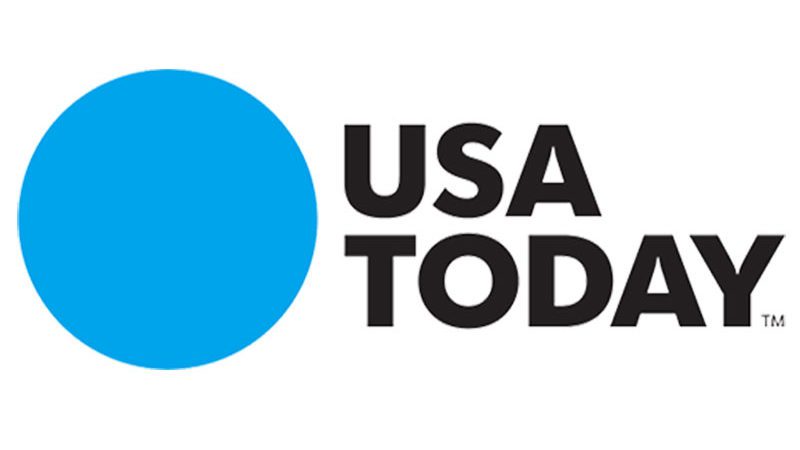Trade represents close to 60% of world GDP, and national economies can’t thrive in isolation. We needed a global response in 2008 and we need one now.
As the world economy enters an unprecedented crisis caused by the COVID-19 pandemic, and policymakers in Washington and other global capitals prepare record fiscal stimulus plans, stakeholders should heed an important lesson from the last financial downturn in 2008: Recovery is only possible through coordinated global action.
A little more than 10 years ago, as the world was entering the Great Recession, stakeholders had to look far back in the rear-view mirror to the Great Depression for policy guidance. While the actions of the 1930s did offer important lessons for 2008 — most notably the need to expand the money supply — the economy of the 1930s was fundamentally different than the global economy of the early part of this century.
A lesson from the Great Recession
By 2008, the S&P 500 had grown approximately tenfold over the previous 80 years, the world’s labor market had moved from one largely rooted in agriculture to one firmly based in industrial and digital sectors, and the global trading system had become the foundation of national economies. Compared to the 1930s, stakeholders in 2008 were operating in an interconnected world with a global financial system and were therefore largely in unchartered waters.
If there is a silver lining in the economic portion of the crisis we are seeing unfold today, it is that the relatively compressed timeline between 2008 and today means there is great relevance in one of the most consequential approaches policymakers employed then. In particular, the lesson of 2008 is that a globalized economy necessitates a global solution.
Today, the economic outlook for the world is bleak, with the coronavirus crisis already causing one of the most severe shocks to global growth in a century. Projections are that the second quarter of 2020 will be the worst quarter in generations.
Though the scale of today’s crisis may be larger and the contours certainly different than that of 2008 — notably, we are now facing a supply shock as leaders are rightly enacting measures to physically prevent industries from operating — the fact is that in its interconnections, today’s economy is structurally similar to the one that was in place a little over a decade ago.
Because the economy of the 2008 period was so interconnected, analysts referred to the subprime lending that triggered the crisis as “contagions.” In June 2008, three months before the collapse of Lehman Brothers, two economists at the International Monetary Fund compared these shocks to an “epidemic in which an invisible virus infects many people and communities.” These words are darkly apt for today.
Understanding that the world’s economies were intertwined, policymakers took unprecedented steps. Most notably, in October 2008, major central banks across the world cut interest rates simultaneously. And with the threat of another Great Depression looming, the G20 became a powerful, action-oriented body, convening heads of state and government in coordinating a global response to the crisis. These actions were key to staving off the worst and repositioning the world economy toward growth.
To see the full article, click here.

